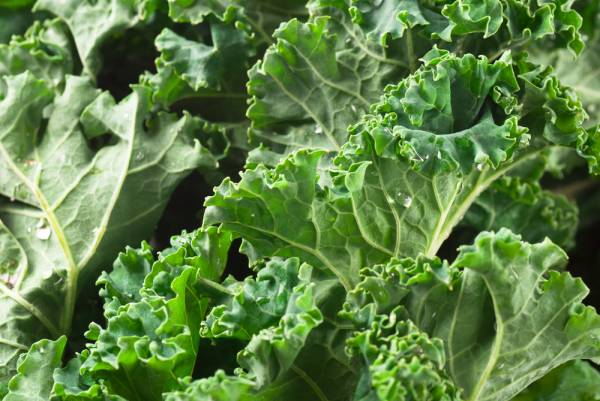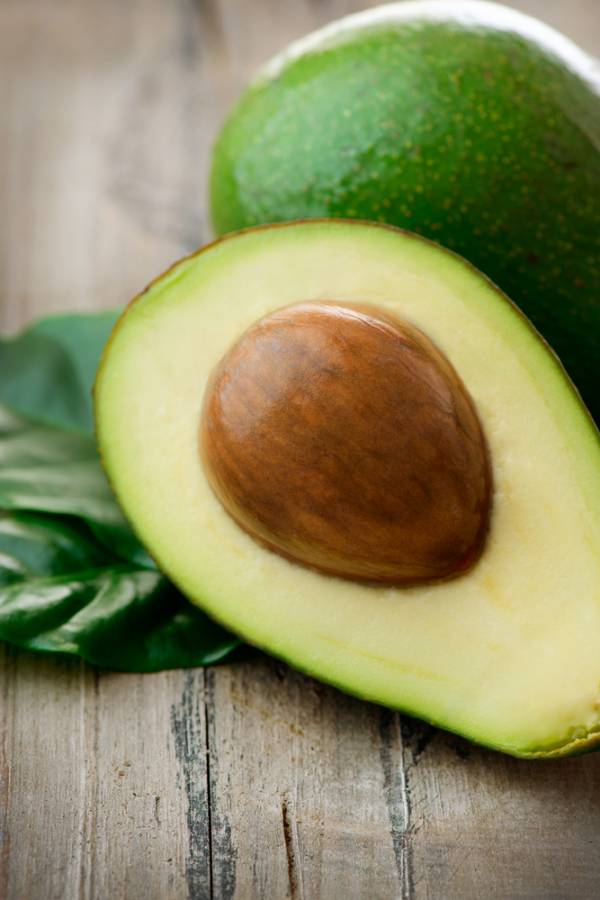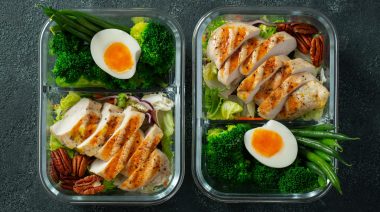When was the last time you counted the number of servings of fruits and vegetables you consumed in a day? Do you know how many an average adult should be consuming? Does the 5 a Day campaign ring a bell? If you consider yourself a foodie, then maybe this is a part of your daily routine, if not, then how do you know if you are consuming enough?
According to the 2010 Fruit and Vegetable Alliance Report, the average American consumes 0.68 servings of fruit and 1.13 servings of vegetables daily. (Although not specifically stated in this report, more often than not these reportings include ketchup and French fries when accounting for vegetable consumption.) How far is that number away from what we should be consuming? Per this report, the average American should be consuming five to thirteen servings a day (towards the upper end or over if you are pregnant, have a chronic disease, or are an avid exerciser). The 5 a Day campaign is antiquated, but as you can tell people are still struggling to get two servings a day. I think we all know fruit and vegetables are good for us, and we all should be eating more. Why don’t we? What are the stumbling blocks? Time? Cost? Taste?
Why Fruits and Vegetables are Vital
I would first like to explore the reasons why fruits and vegetables are so vital for optimal human nutrition and performance. My hope is this will help rid you of the previously mentioned excuses. Fruit and vegetables not only contain your household nutrients like vitamin C, vitamin E, calcium, and iron, but they are abundant in phytonutrients. In fact, there are well over 10,000 known phytonutrients, and the best part about it is scientists are discovering more and more all the time (some estimates say there may be 20,000+). These nutrients are what give fruit and vegetables their intense color and phenomenal nutrition, and has them coined as “Mother Nature’s most perfect foods.”
Phytonutrients can be defined as nutrients that have been scientifically proven to provide health benefits. “Phyto” in Greek means plants, and phytonutrients fall into their own category because they are not related to fats, carbohydrates, proteins, vitamins, or minerals. These nutrients allow for optimal cellular function and communication. When our cells are communicating effectively, the proper sequence of enzymatic reactions take place. This all leads to biochemical reactions creating healthier tissues and organ systems, detoxification of foreign substances, a strong immune system, and muscles that will perform when called upon.
Phytonutrients work together in synergy just like an orchestra. Supplement companies have tried to mimic Mother Nature and are always touting the effects of their newest “green” formula (pills and powders alike). I must give a buyer-beware warning though, as have I rarely seen a nutrition facts label on these products. They usually sport a supplement facts label and thus, the FDA does not regulate these products like food and they likely will not have the same benefits physiologically as food.
The key to watch out for with these type of supplements is how much isolated product is in them. A cocktail of vitamins and minerals put into a pill, even if it does contain a handful of whole food sources, does not act the same way broccoli or carrots do in the body. These supplements are essentially missing key co-factors or enzymes. To allude to the orchestra analogy, it is like taking out the string section and expecting the same sound. If you feel you need to supplement, ideally you would invest your money into products known via research to be bioavailable, meaning they can be used by the body to create nutrient-dense plasma.
Where Do I Get Phytonutrients?
Now that we know the basic definition and function of phytonutrients, let us look at some of the household fruits and vegetables that will give us the most bang for our buck and how this relates to allowing us to perform at an optimal level:
1. Kale
 This may be a foreign vegetable to some or one just recognizable as decoration on plates at restaurants or around a salad bar, but kale has been gaining a lot of traction recently. I personally think it is the most nutrient-dense plant you will find at your supermarket. In addition to fifty-some phytonutrients, kale also contains omega-3 fatty acids, which help with brain and cardiovascular function.
This may be a foreign vegetable to some or one just recognizable as decoration on plates at restaurants or around a salad bar, but kale has been gaining a lot of traction recently. I personally think it is the most nutrient-dense plant you will find at your supermarket. In addition to fifty-some phytonutrients, kale also contains omega-3 fatty acids, which help with brain and cardiovascular function.
Some of kale’s key phytonutrients:
- Kaempferol – Serves as an antioxidant, anti-inflammatory properties, protects the cardiovascular system and the nervous system as well as being an analgesic
- Quercetin – Serves as an antioxidant, anti-inflammatory properties, shows improved mitochondrial (energy producing unit of each cell) function in rats
2. Spinach
This is not just for Popeye’s muscles anymore (and not because of its iron content). This super food is chalk full of vitamin C, vitamin K, and folate.
Some of spinach’s key phytonutrients:
- Polyphenols (group of phytonutrients rather than a specific one) – Anti-inflammatory and anti-oxidant properties, also immune enhancers
- Alpha lipoic acid – Helps stabilize blood sugar, aids in improved cardiovascular function
 3. Avocado
3. Avocado
Some people shy away from this fruit due to its high fat content, but the fat in avocados is beneficial (monounsaturated) and can help prevent cardiovascular disease rather than clog arteries as some fats can do.
Some of the avocado’s key phytonutrients:
- Carotenoids (group of phytonutrients rather than a specific one) – Contains a wide range of these fat soluble phytonutrients which aid in reducing free-radical damage, also has anti-inflammatory properties and helps regulate blood sugar (more so from the low carbohydrate load and high fiber content)
4. Blueberries
One of Mother Nature’s sweetest treats, these berries are loaded with fiber and vitamin C, as well as having one of the highest antioxidant capacities among fruit.
Some of the blueberry’s key phytonutrients:
- Resveratrol (best not taken in supplement form) – Protects skin against cancer, has cardio-protective benefits
- Anthocyanins (group of phytonutrients rather than a specific one) – Analgesic properties, anti-inflammatory and neuro-protective
How does one put this all into practice? Here are some helpful hints to increase your phytonutrient intake:
- Add extra vegetables and fruit to your salads (avocados and sliced apples are tasty additions).
- Consume a green smoothie every morning and load it up with kale, cherries, spinach, and almond milk.
- Be generous with vegetables in stews, pot roasts, and chili
- Drink a plant-based protein shake blended with a healthy amount of blueberries. A recent study revealed the consumption of blueberries (along with green tea) aids in burning fat longer post exercise.
- Grow a garden!
Next time you sit down to eat, how much of your plate will be green? Post your favorite vegetable to the comments below.
References:
1. National Fruit and Vegetable Alliance. National Action Plan – 2010 Report Card. https://web.archive.org/web/20190507073403if_/https://nfva.org/pdfs/nfva/FINALNAP2010.pdf. 2010.
2. Nieman, David C. et al. “Influence of a Polyphenol-Enriched Protein Powder on Exercise-Induced Inflammation and Oxidative Stress in Athletes: A Randomized Trial Using a Metabolomics Approach.” PLOS ONE. 2013
Photos courtesy of Shutterstock.






